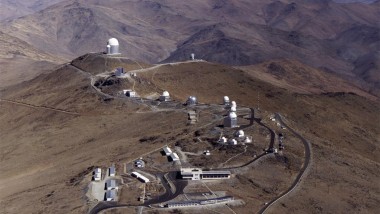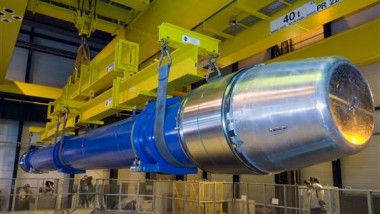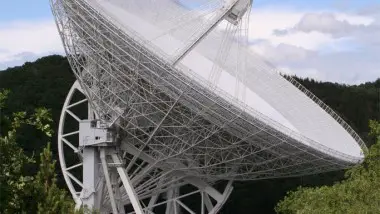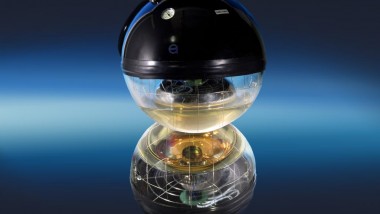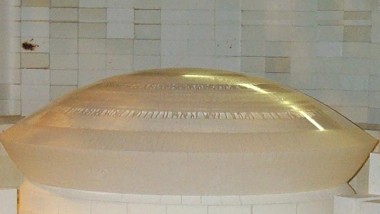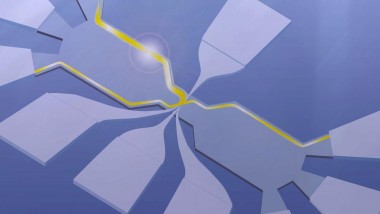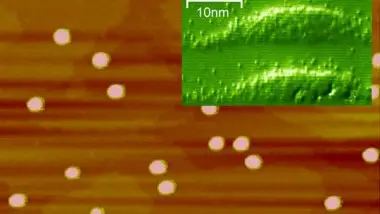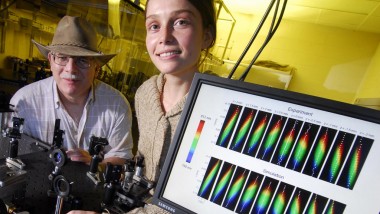A new study by researchers from the US and Chile suggest there is an upper limit on the mass of black holes. Using a variety of observational data they trace the accretion history of black holes, from which the mass ...
Large Hadron Collider Switches On
The Large Hadron Collider (LHC) in CERN was turned on Today, Wednesday September 10th. The event put to rest the rumors regarding the supposed dangers it poses, and hopefully reveal some well kept secrets of particle physics. The first beams ...
Warp Drive Just Around the Corner?
Researchers from Baylor University in Texas have developed a new approach to creating a warp bubble that can create warp drive propulsion at velocities greater than the speed of light without violating special relativity. The novelty of this approach lies ...
Proton-Electron Mass Constant for 6 Billion Years
Research carried out at the Max Planck Institute for Radio Astronomy has shown there has been practically no variation in the proton-electron mass ratio over the last six billion years. The research was based on studying the spectra of light ...
Dark Matter is Denser in the Solar System
Dark Matter is a ubiquitous and mysterious type of matter that comprises about 23% of the energy density of the universe, much more than the 4% accounted for by the visible and more familiar matter known as baryonic matter. The ...
First Underwater Neutrino Telescope
Construction of the first underwater neutrino telescope, Antares, has recently been completed. Since early June its last two detection lines of have been probing the bottom of the Mediterranean for neutrinos of cosmic origin. Currently 12 detection lines are aimed ...
Huge Lenses to Observe Dark Energy
UK astronomers, as a part of the Dark Energy Survey collaboration, have reached a milestone in the construction of one of the largest ever cameras to detect dark energy by completing the shipment of the glass required for the five ...
New Quasiparticles Found
Scientists from the Weizmann Institute of Science in Israel have demonstrated, for the first time, the existence of quasiparticles with one quarter the charge of an electron. Quasiparticles are formed from the interactions of multi-particle systems, and act effectively as ...
Electron Traps that Compute
The “Quantum Photonics Group” researchers at ETH Zurich, Switzerland have created superimposed quantum dots, which are able to ‘trap’ single electrons. Created using a semiconductor material, energy in these dots can be influenced by lasers. The researchers were successful in ...
Measuring Ultra-short Laser Pulses
Researchers at the Georgia Institute of Technology have developed the first device to directly measure complex ultrashort light pulses in space and time at and near the focus of the pulses. Knowing how light is distorted allows researchers to correct ...

